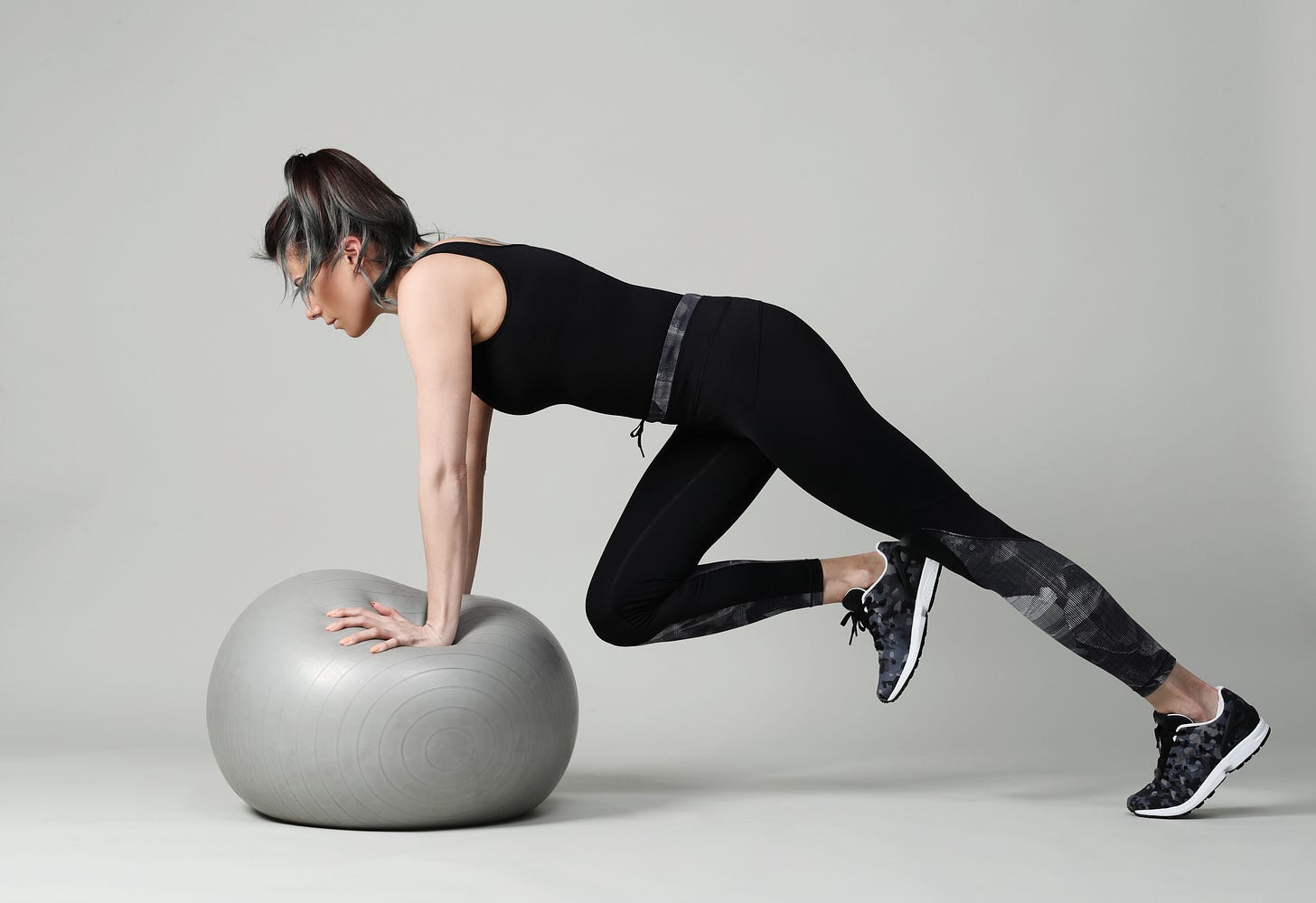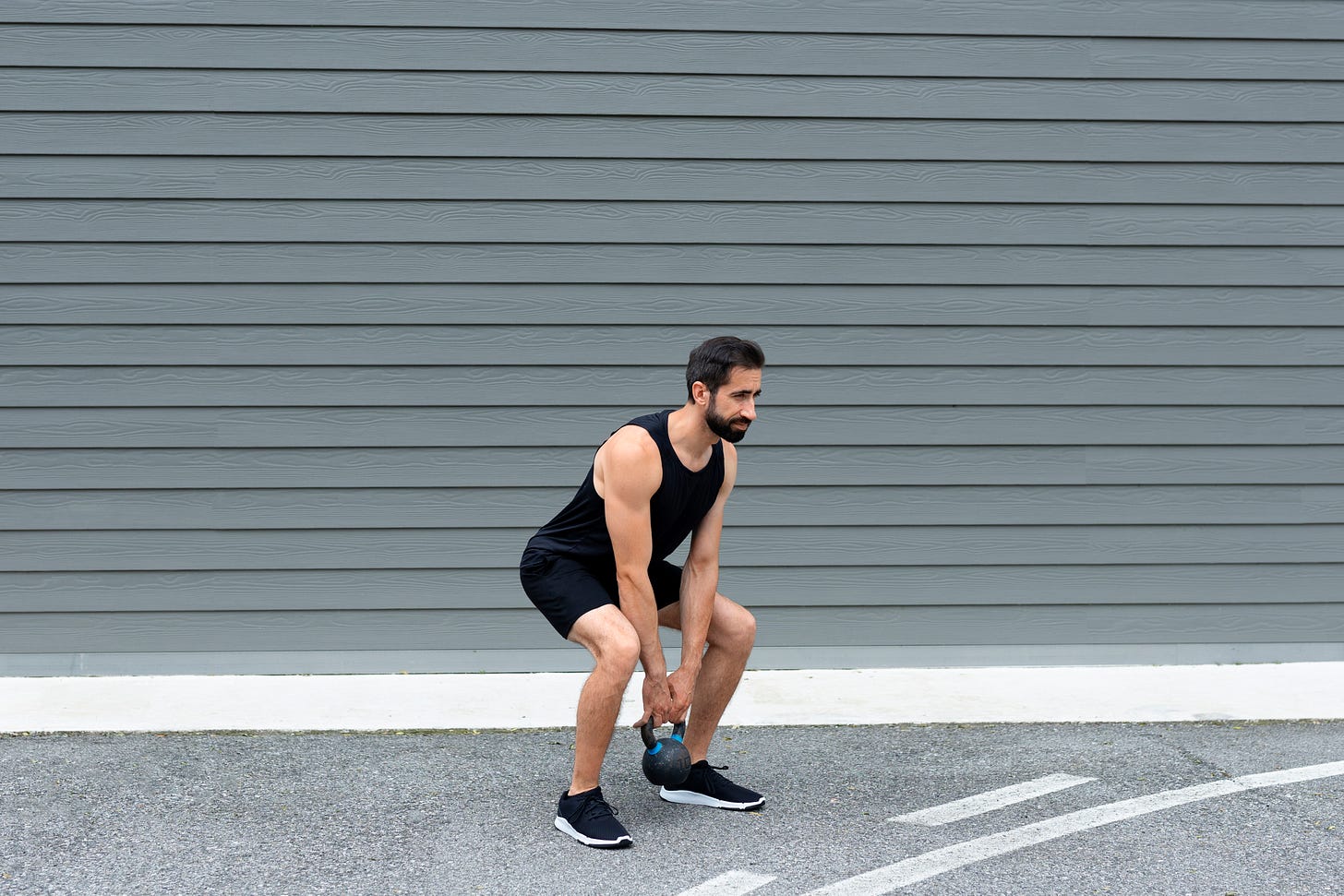There are plenty of exercise options when it comes to achieving fitness goals. Two popular contenders stand out among the many choices: circuit training and traditional cardio workouts. Both approaches have unique benefits and drawbacks, making them suitable for different fitness objectives. This article explores circuit training and traditional cardio, comparing their pros and cons across various fitness goals.
Did You Know?
Circuit training offers a time-efficient solution by combining resistance exercises and high-intensity cardio, effectively burning fat and preserving muscle. This approach also promotes cardiovascular health through varied heart rate fluctuations and sustains a heightened metabolism after the workout, fostering continued calorie burn. With its adaptable intensity and focus on functional strength, circuit training provides a holistic fitness method that breaks plateaus, suits different fitness levels, and prevents workout monotony.
Understanding Circuit Training
Circuit training is a dynamic and time-efficient workout strategy involving performing a series of exercises with minimal rest in between. These exercises often target different muscle groups, which helps enhance overall strength, endurance, and cardiovascular fitness. The exercises in a circuit can be a mix of bodyweight movements, resistance training, and even aerobic activities. The goal is to keep the heart rate elevated while engaging muscles throughout the session.
Pros of Circuit Training
Efficiency:
Circuit training offers a time-efficient approach combining strength training and cardio into one session. This is especially advantageous for individuals with busy schedules.
Versatility:
Circuits can be customized to suit various fitness levels and goals. This versatility makes it a great option for beginners and advanced exercisers alike.
Muscle Endurance:
Regular circuit training can improve muscle endurance due to the repetitive nature of the exercises. This is particularly beneficial for activities that require prolonged muscular effort.
Metabolic Boost:
The combination of resistance and cardiovascular exercises in circuits can increase the metabolic rate even after the workout, promoting fat loss.
Cons of Circuit Training
Limited Cardiovascular Intensity:
While circuit training does elevate the heart rate, it might not provide the same cardiovascular benefits as sustained moderate to high-intensity cardio workouts.
Risk of Overtraining:
Intense circuits with inadequate recovery can lead to overtraining and potential injuries. It's important to design circuits that balance intensity and recovery.
Understanding Traditional Cardio
Traditional cardio workouts involve sustained, rhythmic activities such as jogging, cycling, swimming, or using cardio machines. The focus is on maintaining an elevated heart rate for an extended period to improve cardiovascular endurance and burn calories.
Pros of Traditional Cardio
Cardiovascular Health:
Traditional cardio workouts improve heart health, lung capacity, and cardiovascular endurance. This is crucial for reducing the risk of cardiovascular diseases.
Caloric Expenditure:
Extended cardio sessions can burn many calories, aiding in weight loss and management.
Low Barrier to Entry:
Activities like walking, jogging, and cycling are accessible to most individuals without requiring specialized equipment or training.
Cons of Traditional Cardio
Muscle Loss:
Prolonged cardio sessions may lead to muscle loss, especially if not accompanied by adequate strength training. This can impact overall body composition.
Time-Consuming:
Traditional cardio workouts can be time-consuming, which might be better for those with busy schedules.
Plateau Effect:
The body can adapt to the same cardio routine over time, leading to diminished results. Incorporating variety or increasing intensity becomes essential.
Fitness Goals: Which Path to Choose?
Weight Loss:
Circuit training and traditional cardio can be effective for weight loss goals. Circuit training's combination of strength and cardio exercises makes it highly efficient in burning calories and increasing metabolism. However, traditional cardio, especially high-intensity interval training (HIIT), can yield significant calorie burn and fat loss.
Muscle Building:
If muscle building is the primary objective, circuit training might fall short due to the limited focus on heavy resistance and muscle isolation. Traditional cardio, if overemphasized, can hinder muscle growth. To strike a balance, consider incorporating strength training alongside traditional cardio or opting for circuit training that includes weighted exercises.
Cardiovascular Endurance:
Traditional cardio is the clear winner for individuals aiming to enhance cardiovascular endurance. The prolonged, steady-state activities in traditional cardio workouts effectively challenge the cardiovascular system, improving oxygen delivery and stamina.
Overall Fitness:
If overall fitness encompassing strength, endurance, and calorie burn is the goal, combining both approaches might be ideal. Designing a well-rounded routine alternating between circuit training and traditional cardio sessions can provide comprehensive fitness benefits.
Sample Workout Routine
If you're new to the fitness world, finding the right balance between circuit training and traditional cardio can lead you to success. Here are beginner-friendly sample workouts to get you started:
Duration: 20-25 minutes
Equipment: Exercise Mat, Light Dumbbells (optional)
Warm-Up (5 minutes):
March in place: 2 minutes
Arm swings: 1 minute
Leg swings: 1 minute
Shoulder rolls: 1 minute
Circuit (15-20 minutes):
Perform each exercise for 30 seconds, followed by 15 seconds of rest. Complete the circuit 2-3 times with a 1-minute rest between circuits.
Bodyweight Squats
Knee Push-Ups (on knees)
Stationary Lunges (alternate legs)
Plank (on knees if needed)
Bent-Over Arm Raises (use water bottles if no dumbbells)
Step-Ups on a Low Platform (e.g., a sturdy step stool)
Seated Leg Raises
Modified Russian Twists (sitting, feet on the ground)
Cool Down (5 minutes):
Standing toe touch: 1 minute
Quad stretch: 1 minute per leg
Child's pose: 1 minute
Seated torso twist: 1 minute
Deep breathing: 1 minute
Traditional Cardio Workout for Beginners
Duration: 20-30 minutes
Equipment: Comfortable Athletic Shoes
Warm-Up (5 minutes):
Brisk walking: 5 minutes
Cardio Session (15-20 minutes):
Walk at a comfortable pace for 5 minutes.
Increase your pace to a moderate walk for the next 5 minutes.
Gradually transition to a light jog for 5 minutes.
Cool Down (5 minutes):
Slow walking: 2 minutes
Static stretches for legs and lower body: 3 minutes
Message to Readers
"Two roads to fitness—circuit training and cardio. The destination? Your masterpiece of vitality, crafted by your choices."
—The Boring Fitness









I really liked this. You give a great overview but then give the practical too which is often missing in some fitness blogs. Thanks